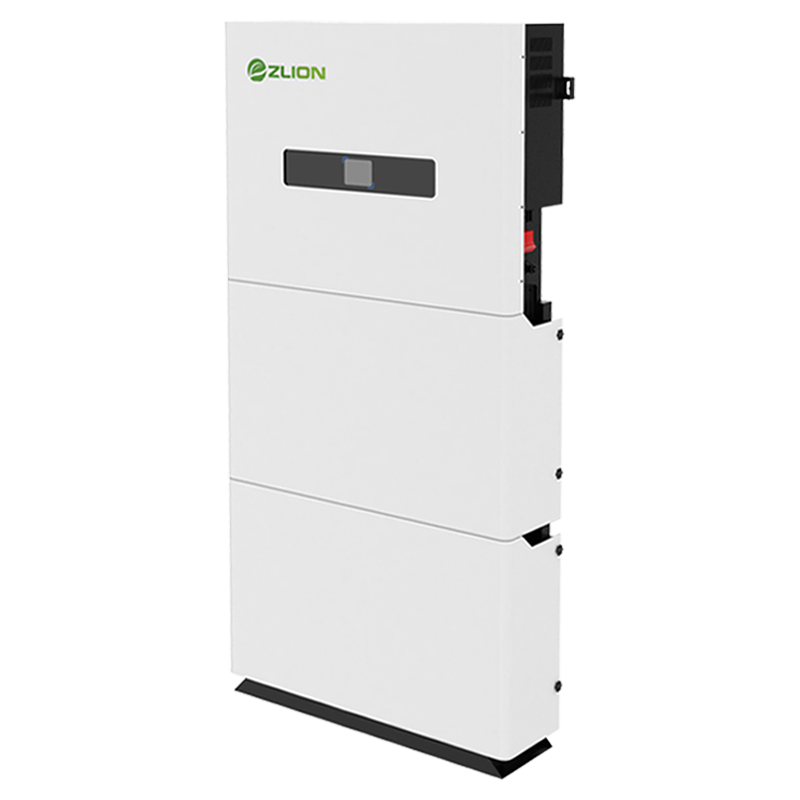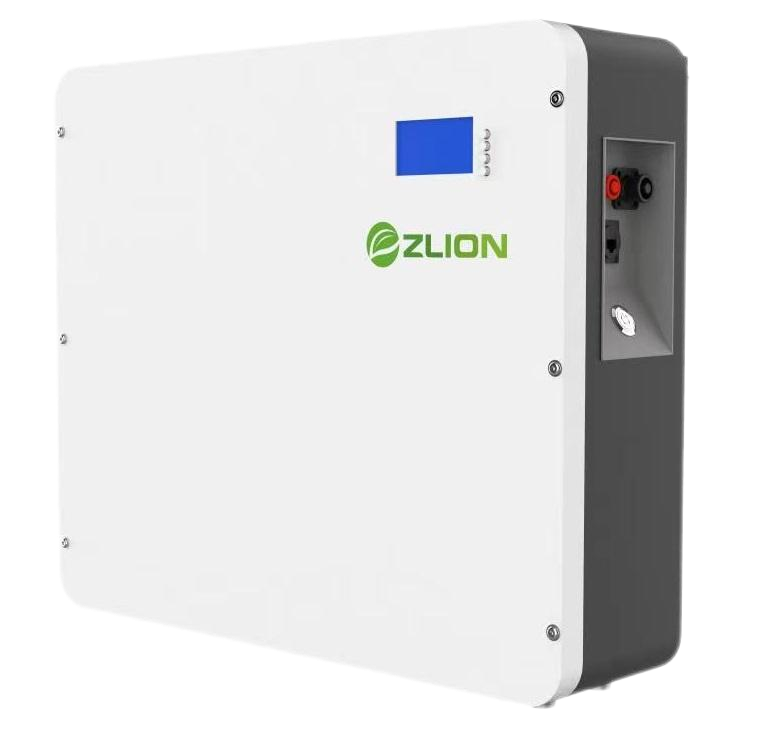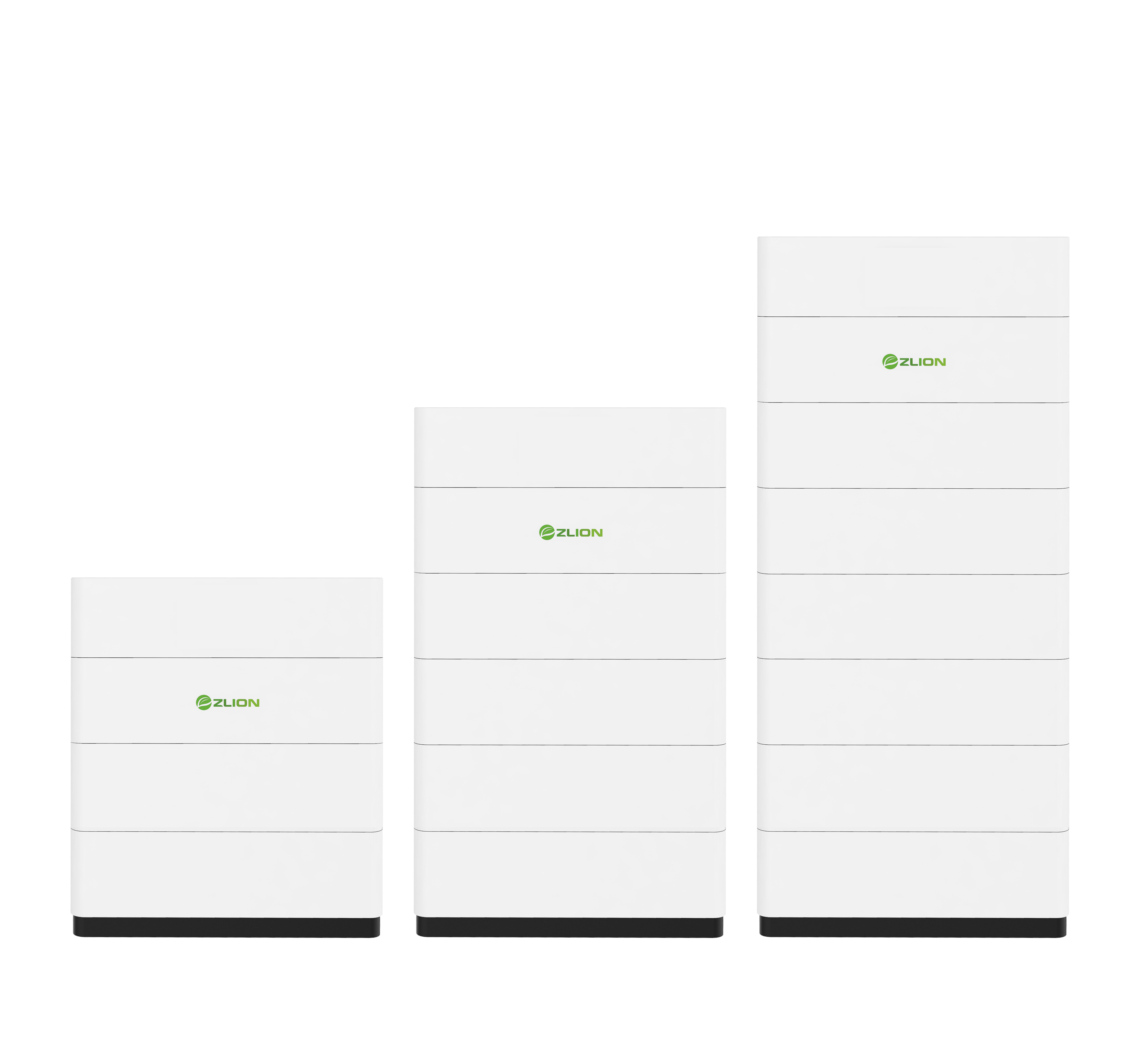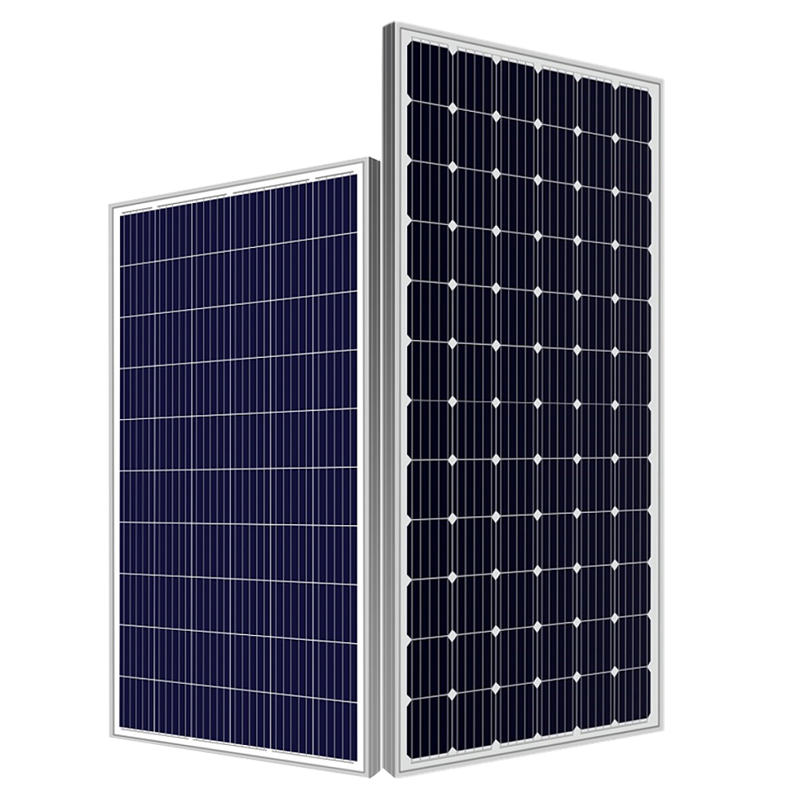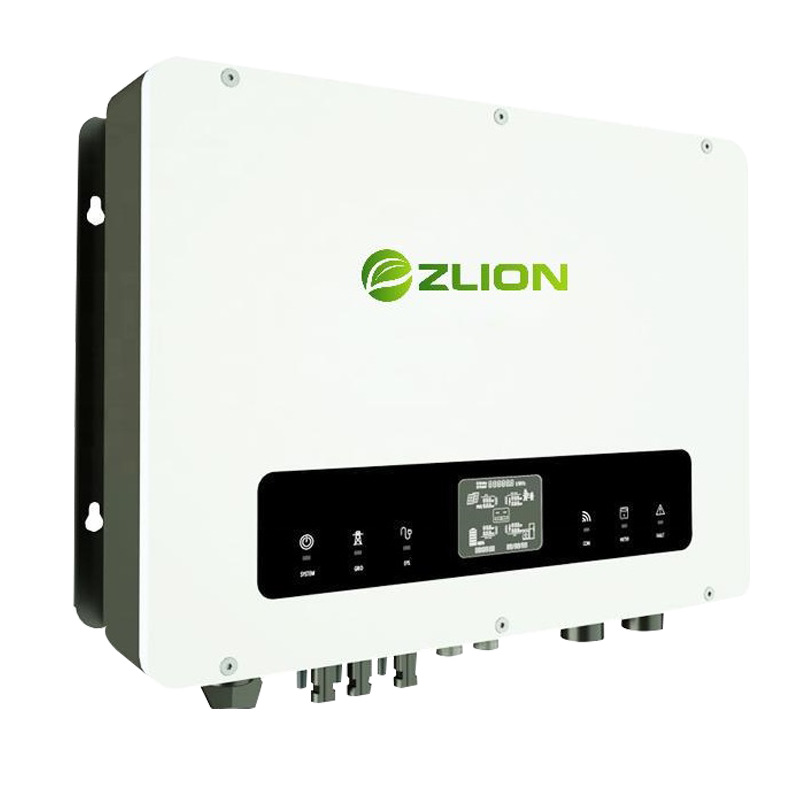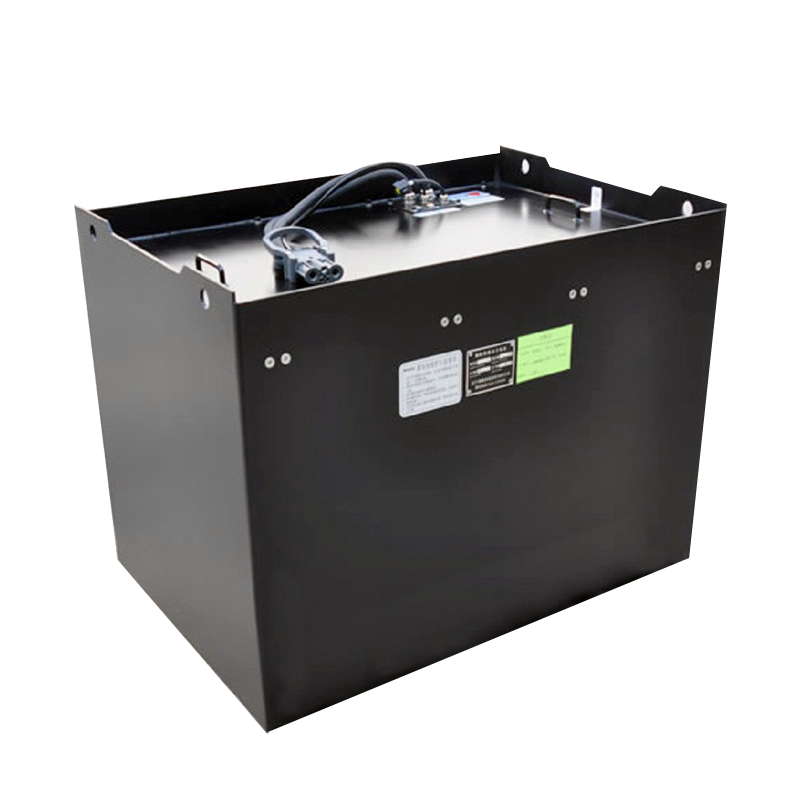1. Full Sun (sunny)
• Performance: This is the best working environment for photovoltaic panels, the solar panels are able to receive the maximum amount of direct sunlight and thus generate the most electricity.
• Efficiency: Generally, photovoltaic panels have the highest conversion efficiency in full daylight conditions, close to their nominal power.
Temperature effect: Although the light is the strongest, if the temperature is too high (more than 25°C), the efficiency of the photovoltaic panel will be reduced, because the high temperature will affect the performance of the semiconductor material.
2. Partial Occlusion (shading)
• Performance: When part of the photovoltaic panel is blocked (such as shade, buildings, etc.), the affected area will not be able to generate electricity normally, resulting in a significant decrease in the overall output power.
The solution: Using a system with a power optimizer or micro-inverter can mitigate the effects of partial occlusion, as these devices enable each panel to work independently from other occlusion panels.
3. Cloudy days
• Performance: In cloudy weather, the power generation efficiency of photovoltaic panels will be reduced, but it can still produce a certain amount of electricity. Clouds scatter sunlight, reducing the intensity of the light received by photovoltaic panels.
Efficiency: Although not as efficient as sunny days, photovoltaic panels can still produce about 20%-70% of their nominal power in cloudy weather, depending on the thickness and distribution of the clouds.
4. Cloudy days
• Performance: In the case of cloudy days or no sunlight at all, the power generation efficiency of photovoltaic panels is extremely low, and almost no electricity is generated.
• Efficiency: Usually on cloudy days, the power generation of photovoltaic panels may be only 5%-10% of that on sunny days, or even lower.
Solutions: Some systems are equipped with energy storage devices (such as batteries) that can store excess power during the day for use on cloudy days or at night.
5. Low light conditions (dawn/dusk)
• Performance: At dawn and dusk, the light intensity is weak, and the power generation efficiency of photovoltaic panels will be correspondingly reduced.
• Efficiency: Power generation is usually lower at this time, but a small amount of power can still be generated, depending on the light intensity and Angle.
6. Reflect light
• Performance: Some installation locations may use reflected light to increase the power generation efficiency of photovoltaic panels, such as through photovoltaic panels mounted on white or light-colored surfaces, or in snowy environments.
• Increased efficiency: Reflected light can increase the total amount of light received by photovoltaic panels, thereby increasing the efficiency of power generation.
Other factors that affect the efficiency of photovoltaic panels:
• Temperature: The efficiency of photovoltaic panels is usually higher at lower temperatures, and the efficiency will gradually decrease as the temperature increases.
Dust and dirt: Dust and dirt that accumulate on the surface of photovoltaic panels can block light and reduce the efficiency of power generation. Regular cleaning can maintain optimum performance.
• Installation Angle and orientation: the tilt Angle and orientation of photovoltaic panels have an important impact on power generation efficiency. Ideally, photovoltaic panels should face due south (Northern Hemisphere) and adjust the tilt Angle according to latitude to maximize sunlight reception.

